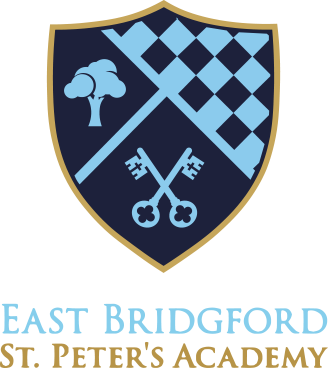Pattern
Pattern
Seeking and exploring patterns is at the heart of mathematics (Schoenfeld, 1992). Developing an awareness of pattern helps young children to notice and understand mathematical relationships. Clements and Sarama (2007) identify that patterns may provide the foundations of algebraic thinking, since they provide the opportunity for young children to observe and verbalise generalisations.
The focus in this section is on repeating patterns, progressing from children copying simple alternating AB patterns to identifying different structures in the ‘unit of repeat’, such as ABB or ABBC. Patterns can be made with objects like coloured cubes, small toys, buttons and keys, and with outdoor materials like pine cones, leaves or large blocks, as well as with movements and sounds, linking with music, dance, phonics and rhymes. Children can also spot and create patterns in a range of other contexts, such as printed patterns, timetables, numbers and stories.

